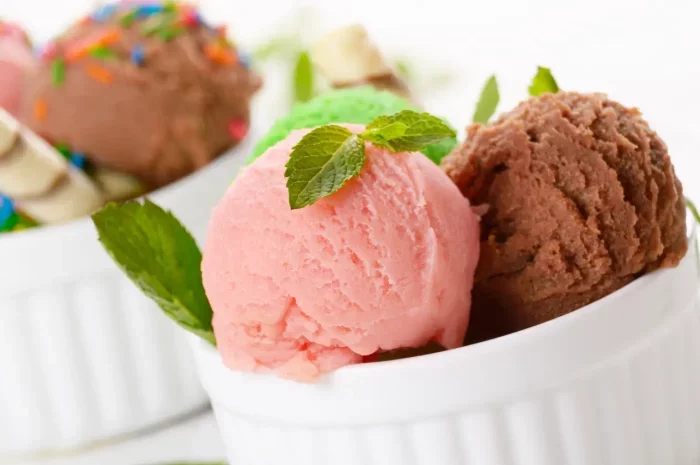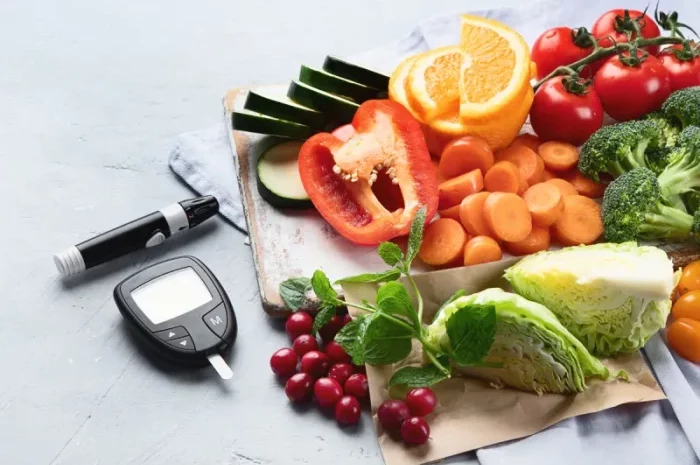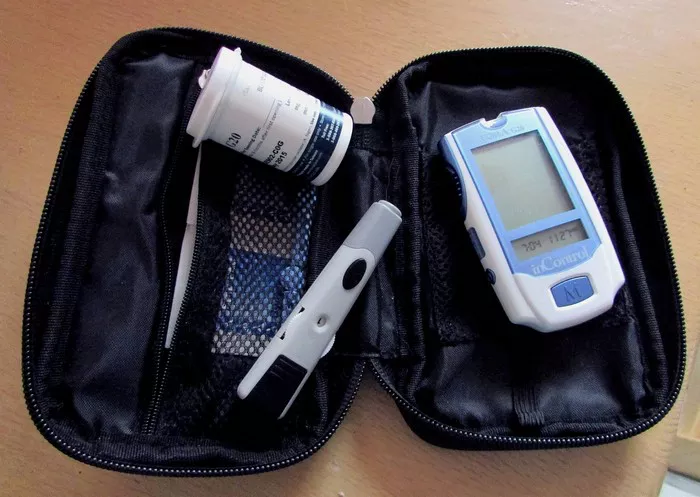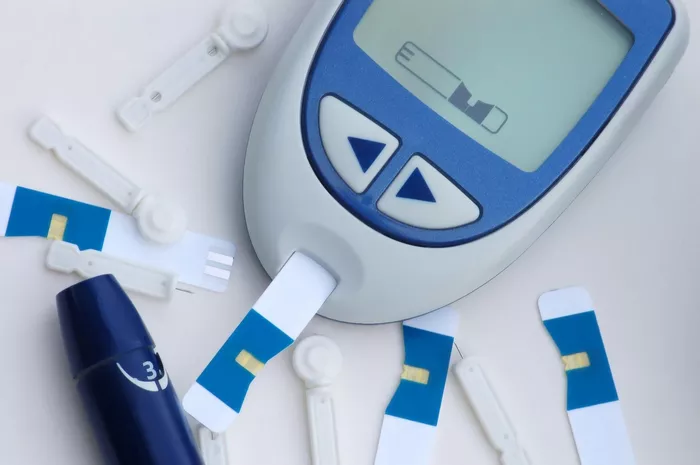Introduction
Hypoglycemia, or low blood sugar, is a condition characterized by abnormally low levels of glucose in the blood. This can occur in people with diabetes who take insulin or other glucose-lowering medications, but it can also affect individuals without diabetes. Understanding how to effectively manage hypoglycemia through diet is crucial for maintaining overall health and preventing serious complications. This article will explore the symptoms, causes, and immediate dietary interventions for low blood sugar, along with long-term dietary strategies to maintain stable glucose levels.
Understanding Hypoglycemia
Hypoglycemia occurs when blood sugar levels drop below normal, typically below 70 mg/dL (3.9 mmol/L). The brain relies heavily on glucose for energy, and insufficient glucose can lead to a variety of symptoms ranging from mild to severe.
Symptoms of Hypoglycemia
Early symptoms of hypoglycemia include:
- Shakiness or tremors
- Sweating
- Nervousness or anxiety
- Irritability or confusion
- Rapid heartbeat
- Dizziness or lightheadedness
- Hunger
If untreated, hypoglycemia can progress to more severe symptoms such as:
- Difficulty concentrating
- Slurred speech
- Clumsiness
- Muscle weakness
- Seizures
- Loss of consciousness
Causes of Hypoglycemia
Several factors can contribute to hypoglycemia:
- Medication: Insulin or other diabetes medications can sometimes lower blood sugar too much.
- Diet: Skipping meals, eating less than usual, or eating at irregular times can cause blood sugar levels to drop.
- Exercise: Physical activity increases insulin sensitivity and can lower blood sugar levels.
- Alcohol: Drinking alcohol, especially on an empty stomach, can interfere with the liver’s ability to release glucose into the bloodstream.
- Medical Conditions: Certain illnesses and conditions, such as adrenal insufficiency and certain types of tumors, can cause hypoglycemia.
Immediate Dietary Interventions for Low Blood Sugar
When experiencing symptoms of hypoglycemia, it’s important to act quickly to raise blood sugar levels. The “15-15 Rule” is a commonly recommended approach:
- Consume 15 grams of fast-acting carbohydrates.
- Wait 15 minutes.
- Recheck blood sugar levels.
- Repeat if necessary.
Foods and Beverages Containing 15 Grams of Fast-Acting Carbohydrates
- Glucose Tablets or Gel: Specifically designed to treat hypoglycemia, they are easy to carry and provide a precise dose of glucose.
- Fruit Juice: About half a cup (4 ounces) of juice, such as orange or apple juice.
- Regular Soda: Half a can (4 ounces) of non-diet soda.
- Honey or Sugar: One tablespoon of honey, corn syrup, or sugar.
- Hard Candies or Gummies: Check the serving size to ensure you’re consuming 15 grams of carbohydrates.
Foods to Avoid During Hypoglycemic Episodes
Certain foods are not effective in treating hypoglycemia quickly due to their slower absorption rates. Avoid:
- Foods high in fat (e.g., chocolate, pastries)
- High-fiber foods (e.g., whole grains, vegetables)
- Proteins (e.g., meat, cheese)
Long-Term Dietary Strategies to Prevent Hypoglycemia
Maintaining stable blood sugar levels requires a balanced diet and regular monitoring. Here are some strategies:
1. Balanced Meals with Consistent Carbohydrate Intake
Aim to have a consistent amount of carbohydrates at each meal to prevent fluctuations in blood sugar levels. Include a balance of carbohydrates, protein, and fat to slow the absorption of glucose and keep you fuller for longer. For example:
- Breakfast: Oatmeal with a tablespoon of peanut butter and a side of berries.
- Lunch: Grilled chicken salad with a variety of vegetables, quinoa, and a vinaigrette dressing.
- Dinner: Baked salmon, steamed broccoli, and a sweet potato.
2. Regular Meal and Snack Timing
Eating regular meals and snacks helps to keep blood sugar levels stable. Aim to eat every 3-4 hours to prevent dips in blood sugar. Plan for healthy snacks between meals, such as:
- A piece of fruit with a handful of nuts
- Greek yogurt with a drizzle of honey
- Whole-grain crackers with hummus
3. Low Glycemic Index Foods
Incorporate foods with a low glycemic index (GI), which cause a slower rise in blood sugar levels. Examples include:
- Non-starchy vegetables (e.g., spinach, broccoli, tomatoes)
- Whole grains (e.g., quinoa, barley, brown rice)
- Legumes (e.g., beans, lentils, chickpeas)
- Most fruits (e.g., apples, berries, oranges)
4. Monitoring Carbohydrate Quality
Choose complex carbohydrates over simple sugars to avoid rapid spikes and drops in blood sugar. Complex carbohydrates include:
- Whole grains (e.g., oats, whole wheat bread, brown rice)
- Starchy vegetables (e.g., sweet potatoes, peas)
- Legumes
5. Adequate Fiber Intake
Fiber slows the absorption of sugar, which helps maintain stable blood sugar levels. Aim for 25-30 grams of fiber per day from sources such as:
- Vegetables
- Fruits
- Whole grains
- Legumes
6. Healthy Fats and Proteins
Including healthy fats and proteins in your diet can also help stabilize blood sugar levels. Healthy fats include:
- Avocados
- Nuts and seeds
- Olive oil
- Fatty fish (e.g., salmon, mackerel)
Lean proteins include:
- Poultry
- Fish
- Beans and legumes
- Low-fat dairy products
Specific Foods to Include in a Hypoglycemia-Preventing Diet
1. Oatmeal
Oatmeal is a whole grain that is high in fiber and has a low glycemic index. It provides a steady release of glucose into the bloodstream. Top your oatmeal with berries and a sprinkle of chia seeds for added fiber and antioxidants.
2. Sweet Potatoes
Sweet potatoes are a starchy vegetable rich in fiber, vitamins, and minerals. They have a lower glycemic index compared to regular potatoes, making them a better choice for blood sugar control.
3. Leafy Greens
Leafy greens like spinach, kale, and Swiss chard are low in carbohydrates and high in fiber, vitamins, and minerals. They can be included in salads, smoothies, or as a side dish.
4. Berries
Berries such as strawberries, blueberries, and raspberries are low in carbohydrates and high in fiber and antioxidants. They make an excellent snack or addition to yogurt and salads.
5. Quinoa
Quinoa is a whole grain that is high in protein and fiber. It has a low glycemic index and can be used as a base for salads, side dishes, or breakfast bowls.
6. Beans and Legumes
Beans and legumes, such as lentils, chickpeas, and black beans, are excellent sources of protein, fiber, and complex carbohydrates. They help maintain stable blood sugar levels and keep you full longer.
7. Greek Yogurt
Greek yogurt is high in protein and can be a good source of probiotics. Choose plain, unsweetened Greek yogurt to avoid added sugars, and add fresh fruit or nuts for additional flavor and nutrients.
8. Nuts and Seeds
Nuts and seeds, including almonds, walnuts, chia seeds, and flaxseeds, provide healthy fats, protein, and fiber. They make great snacks and can be added to salads, yogurt, or oatmeal.
9. Fatty Fish
Fatty fish like salmon, mackerel, and sardines are high in omega-3 fatty acids, which have anti-inflammatory properties. They also provide high-quality protein.
10. Eggs
Eggs are a versatile and nutrient-dense food, providing protein and healthy fats without causing spikes in blood sugar levels. They can be included in various meals, from breakfast to dinner.
Additional Tips for Managing Hypoglycemia
1. Monitor Blood Sugar Levels Regularly
Frequent monitoring of blood sugar levels can help you identify patterns and prevent hypoglycemia. Keep a log of your blood sugar readings, food intake, and physical activity to understand how different factors affect your levels.
2. Adjust Medications as Needed
Work with your healthcare provider to adjust your diabetes medications if you frequently experience hypoglycemia. Never change your medication regimen without consulting your doctor.
3. Stay Hydrated
Dehydration can affect blood sugar levels, so ensure you drink plenty of water throughout the day. Limit sugary drinks and alcohol.
4. Educate Family and Friends
Educate those around you about the signs and symptoms of hypoglycemia and how they can help if you experience an episode. Carry a medical ID or wear a bracelet indicating that you have diabetes or are prone to hypoglycemia.
5. Plan for Exercise
If you plan to engage in physical activity, monitor your blood sugar levels before, during, and after exercise. Have a snack handy to prevent hypoglycemia during and after workouts.
6. Manage Stress
Stress can impact blood sugar levels, so incorporate stress management techniques such as deep breathing, meditation, or yoga into your routine.
Conclusion
Managing hypoglycemia requires a combination of immediate interventions and long-term dietary strategies. By understanding which foods quickly raise blood sugar and incorporating balanced, nutrient-dense meals into your daily routine, you can prevent and effectively manage low blood sugar episodes. Always work closely with your healthcare provider to tailor your diet and treatment plan to your specific needs. Through proactive management and informed choices, you can maintain stable blood sugar levels and enjoy a healthy, active life.
Related topics:
What Can Type One Diabetics Eat



























